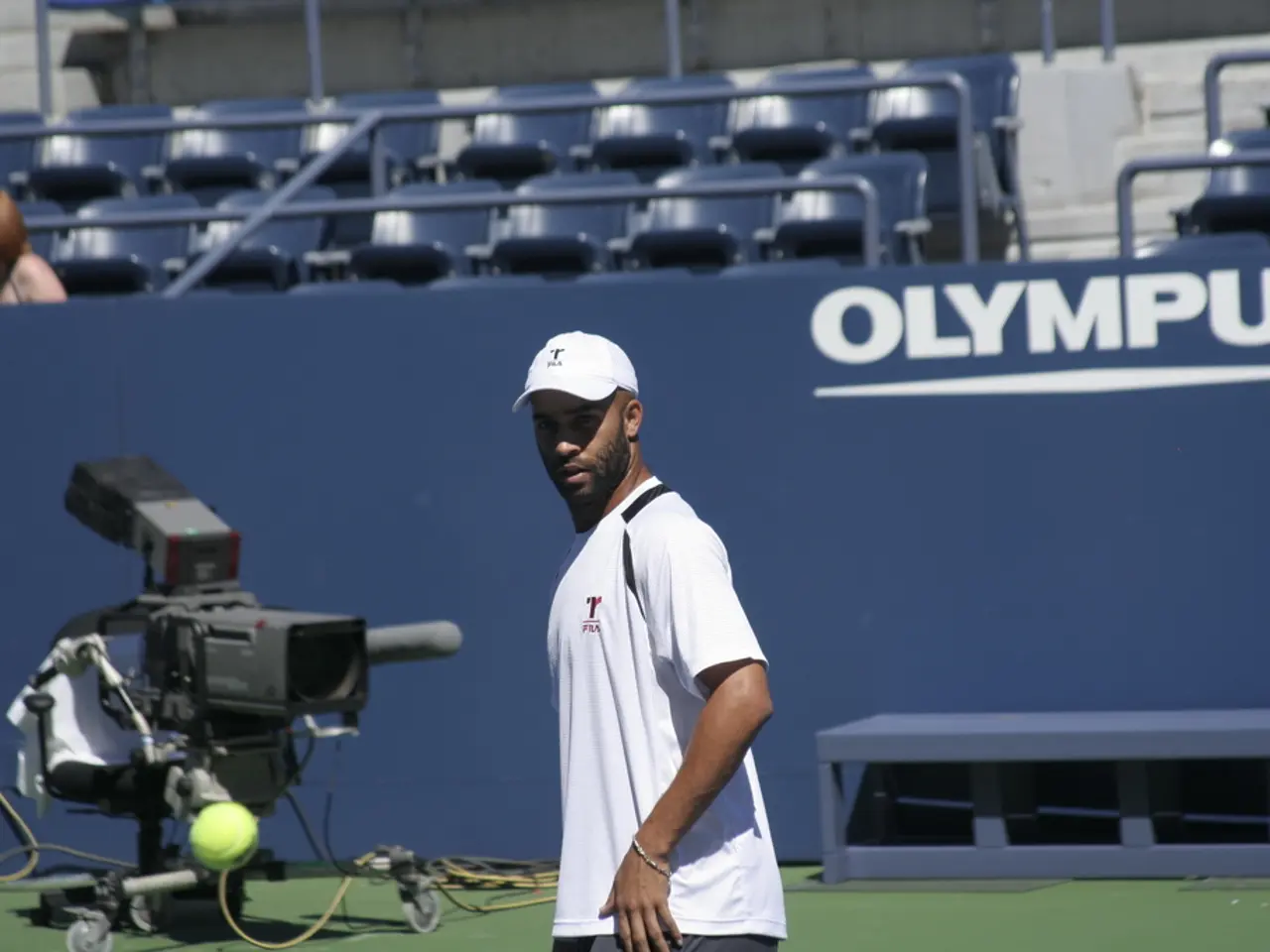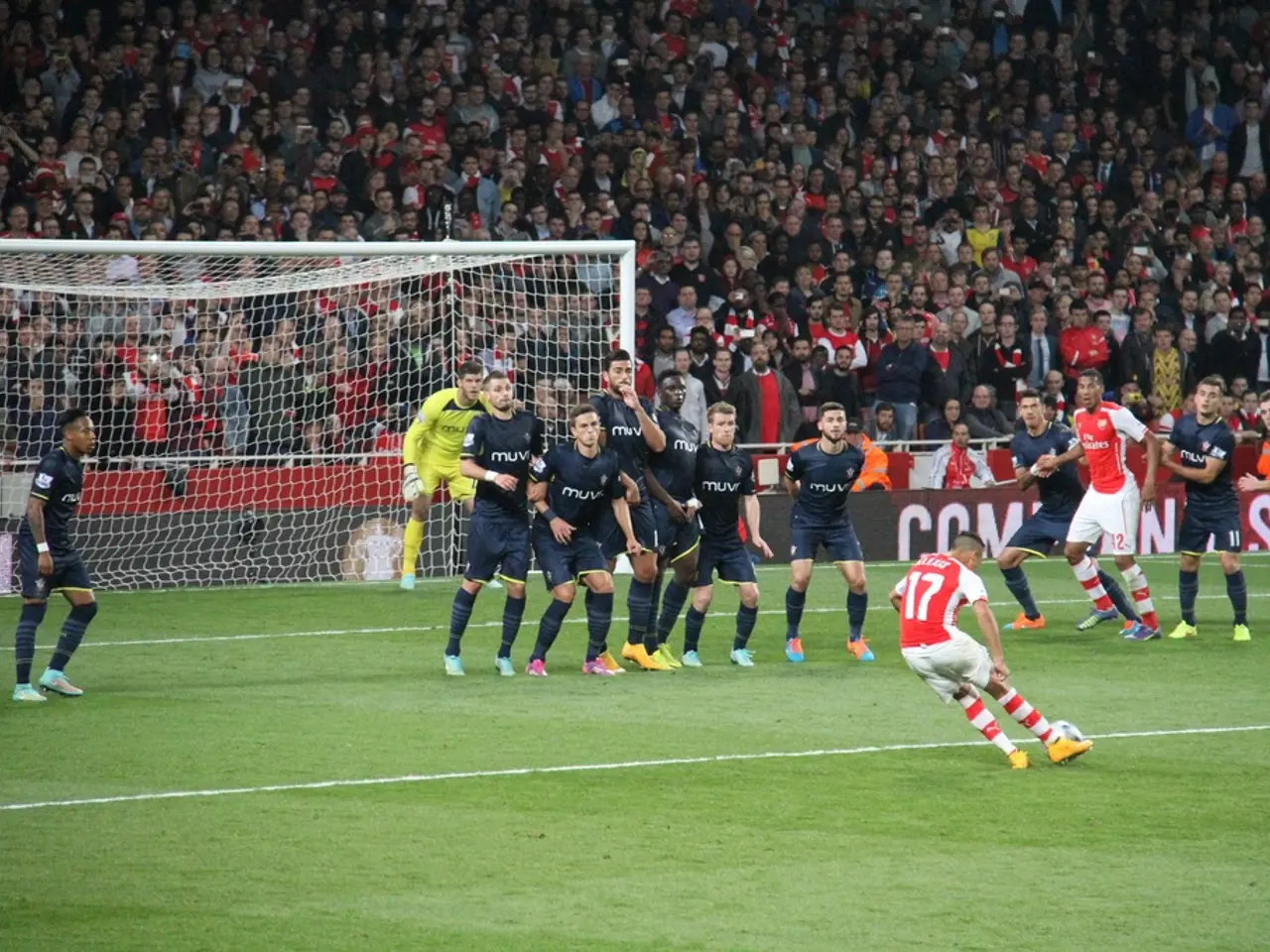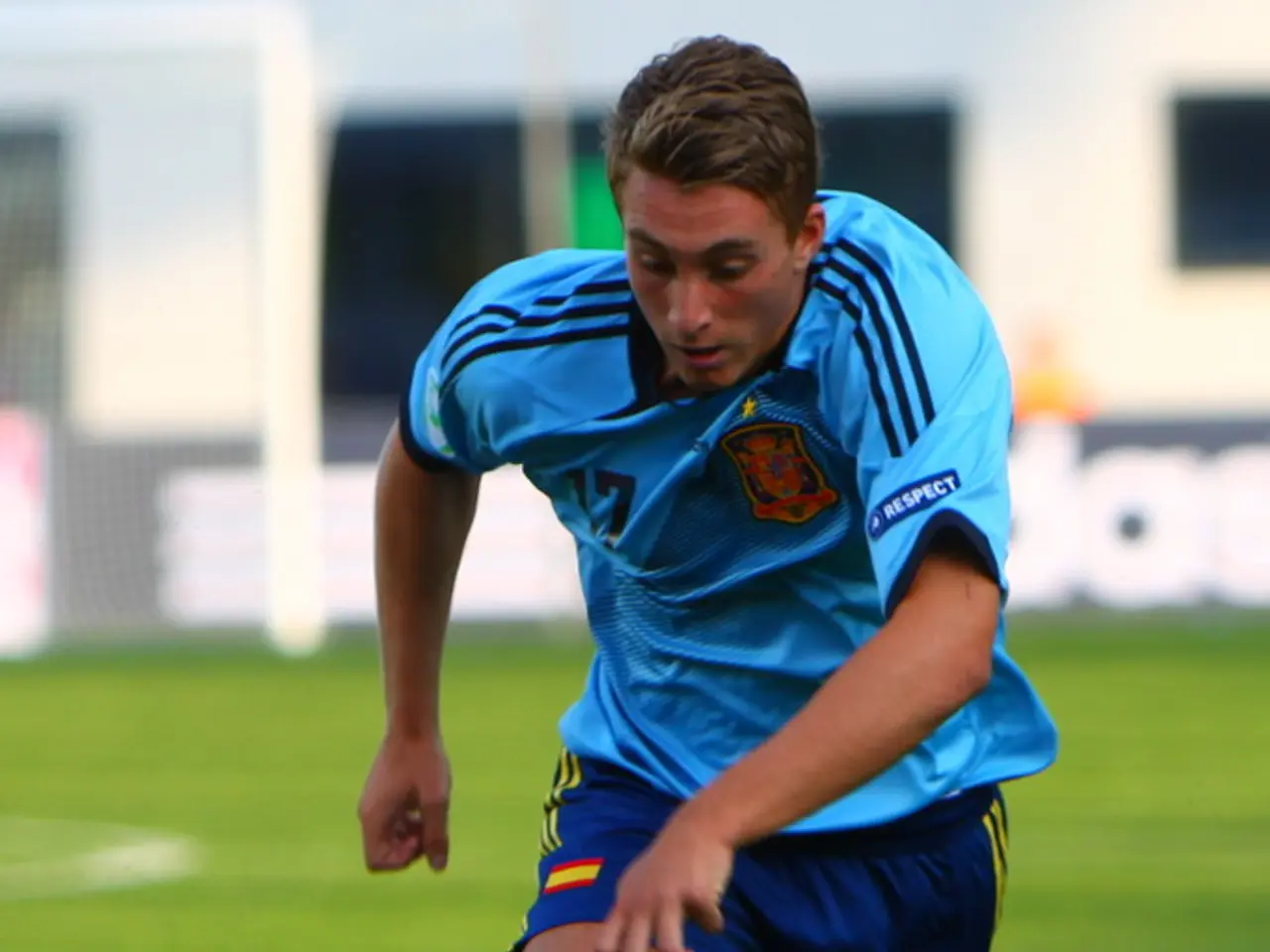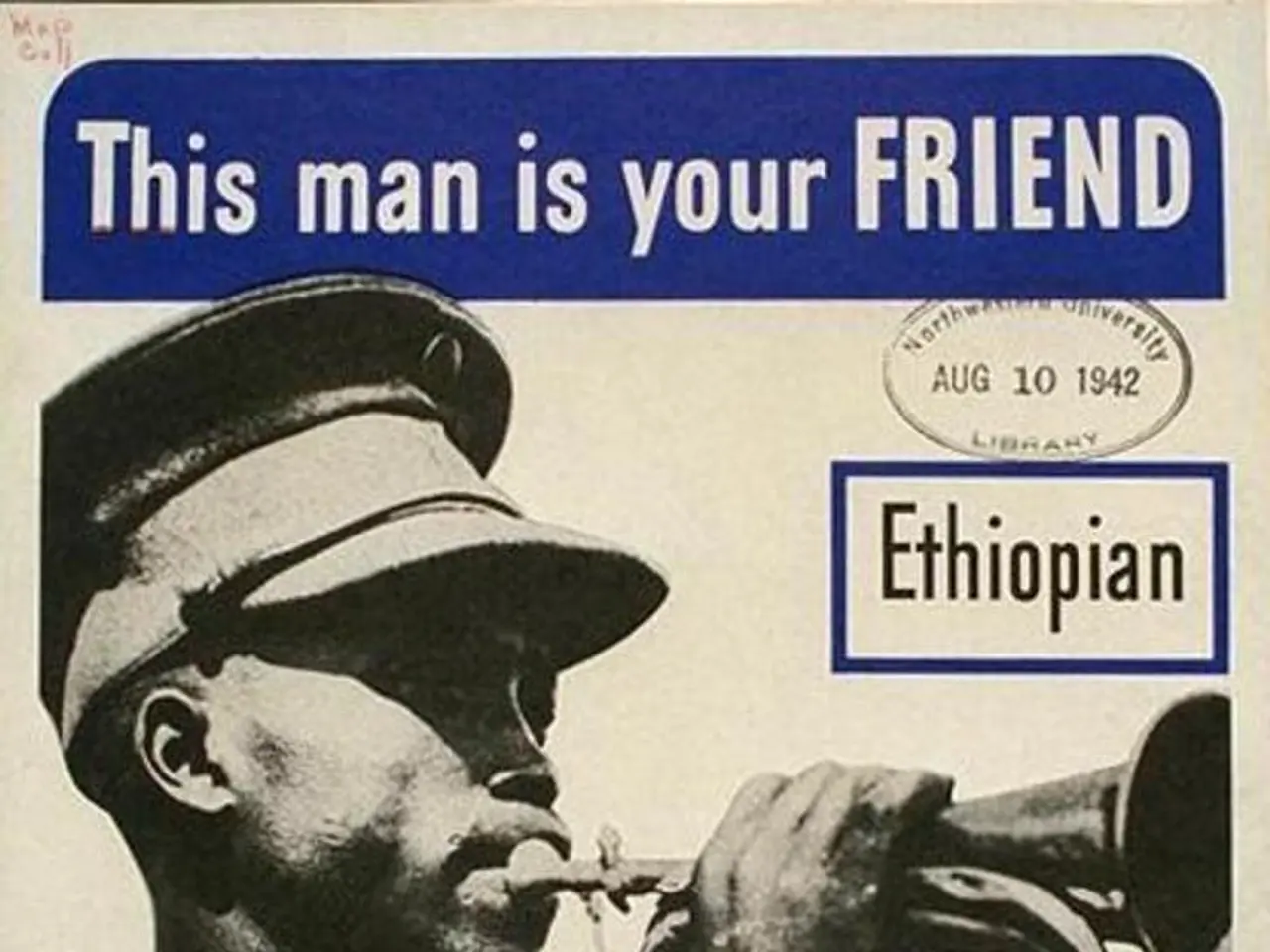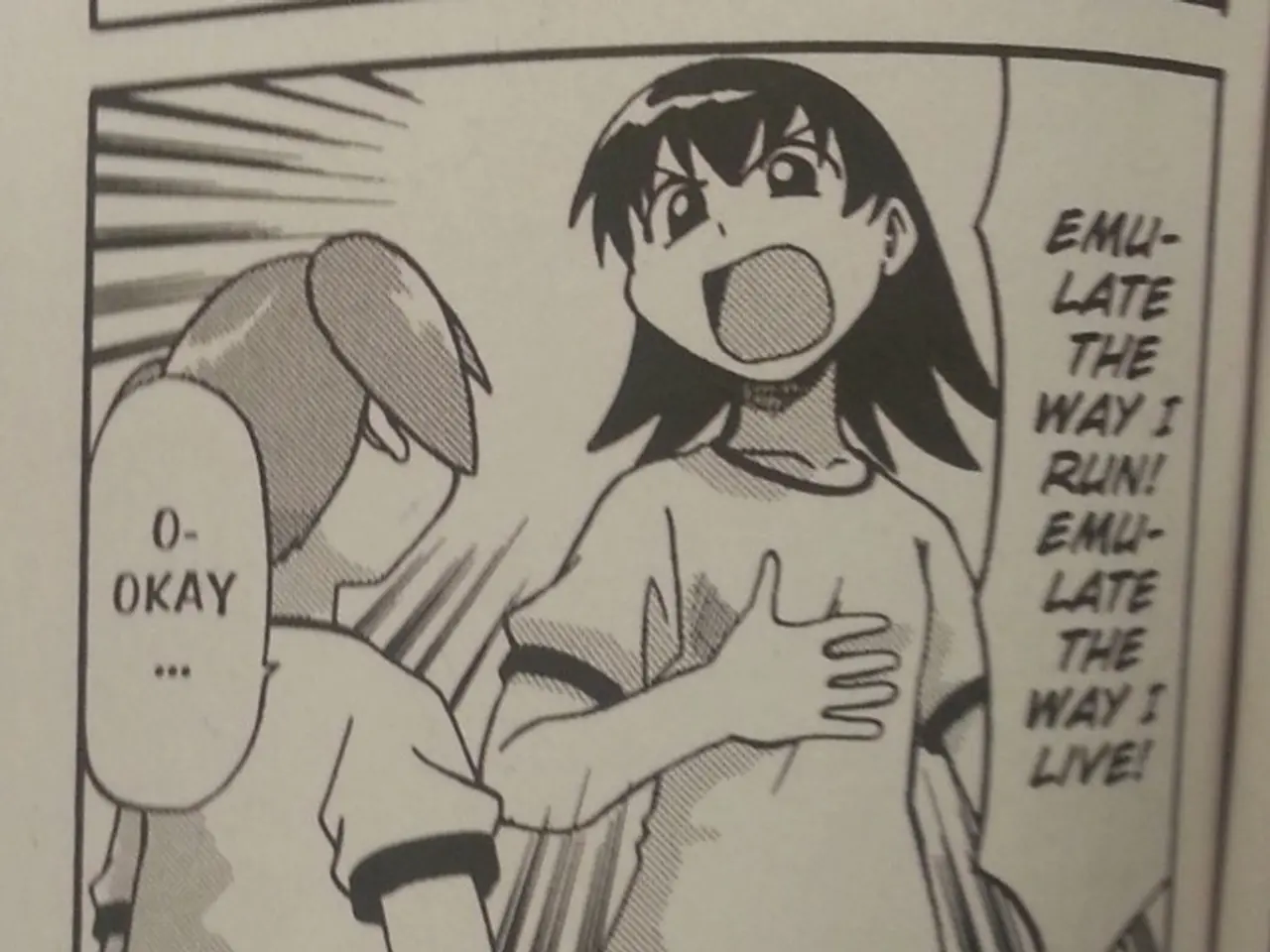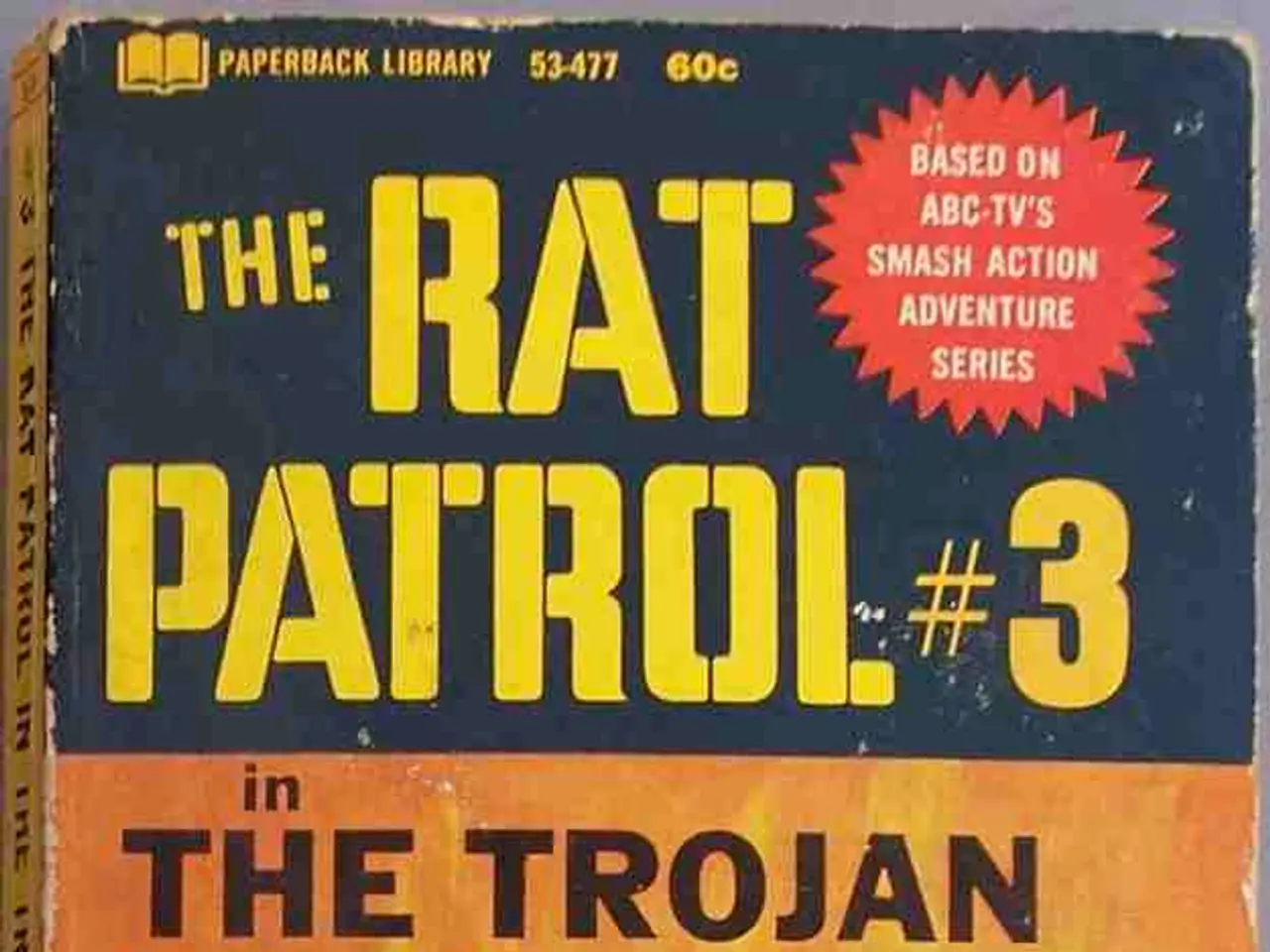Injuries to the Lateral Collateral Ligament: Reasons and Healing Durations
In the world of sports, injuries are an unfortunate but inevitable part of the game. One such injury that commonly affects athletes, particularly those engaged in contact sports like football or soccer, is the Lateral Collateral Ligament (LCL) injury.
The LCL, a band of connective tissue that runs along the outside of the knee, plays a crucial role in stabilising the knee and protecting it from unusual movements. Common causes of LCL injuries include a direct blow to the inside of the knee, causing the knee to buckle outward, or a sudden twisting or hyperextension motion that overstretches or tears the ligament.
LCL injuries can be categorised into three grades, based on the severity of the damage:
- Grade 1 sprain: This involves minor damage that slightly stretches the ligament, causing some tenderness and pain.
- Grade 2 sprain: Damage at this level stretches the ligament, causing noticeable looseness in the knee, major pain, tenderness, and swelling.
- Grade 3 sprain: This is the most severe form, where the ligament is completely torn into two pieces, causing the knee joint to lose stability, considerable pain, tenderness, and swelling.
Treatment for LCL injuries varies depending on the severity. For isolated or mild to moderate LCL sprains (Grades I and II), non-surgical treatments are effective. These include rest, ice application to reduce swelling, anti-inflammatory medications for pain and inflammation control, bracing or knee sleeves to stabilise and protect the knee during healing (typically for about 6 weeks), and physical therapy targeting restoring mobility, strength, and function of the knee joint.
However, for severe LCL injuries (Grade III, complete tears) or when there is significant knee instability, often associated with other ligament damage, surgical treatment is usually reserved. This involves open repair or reconstruction of the LCL, as arthroscopic approaches are not suitable due to the ligament’s location.
In athletes participating in contact sports, surgery may be favoured for better long-term knee stability and functionality, while non-surgical treatment can be sufficient for less active individuals or mild injuries. Prompt diagnosis and treatment initiation improve outcomes, with the RICE (Rest, Ice, Compression, Elevation) method being beneficial early after injury.
Preventing an LCL injury may involve regularly stretching the body, strengthening the legs, and practising correct movement techniques during lifting and sports. Doctors can diagnose an LCL injury by doing a physical exam, asking about the event that led to symptoms, and ordering imaging tests such as X-rays or MRI scans.
It's essential to remember that each injury is unique, and the recovery process can vary greatly from person to person. Returning to sports after an LCL injury depends on the extent of the injury and the person's recovery progress. A physical therapist may work with the person to help regain strength and range of motion in the knee's surrounding muscles, and may recommend knee-strengthening exercises such as squats, leg lifts, wall squats, knee flexion, leg raises, leg dips, hamstring curls, quadricep stretches, heel slides, hip adduction, hip abduction, lateral step ups, and more.
In conclusion, understanding the common causes, symptoms, and treatments of LCL injuries is crucial for athletes, healthcare professionals, and anyone involved in sports. With proper care and rehabilitation, many LCL injuries can be effectively managed, allowing athletes to return safely to their sport while minimising the risk of chronic instability or re-injury.
- Science has made significant strides in understanding and treating knee pain, especially in the context of Lateral Collateral Ligament (LCL) injuries, which are commonly encountered in sports, particularly contact sports like football or soccer.
- Medical-conditions such as accidental falls or sudden twisting movements can lead to chronic diseases like neurological disorders, but they can also cause LCL injuries, which require medical attention to ensure proper healing and prevent long-term complications.
- Individuals participating in sports should be aware of the preventive measures for LCL injuries, which include regular stretching, leg strengthening exercises, and correct movement techniques, as these can help reduce the risk of falls and accidental injuries that could lead to LCL sprains or tears.

